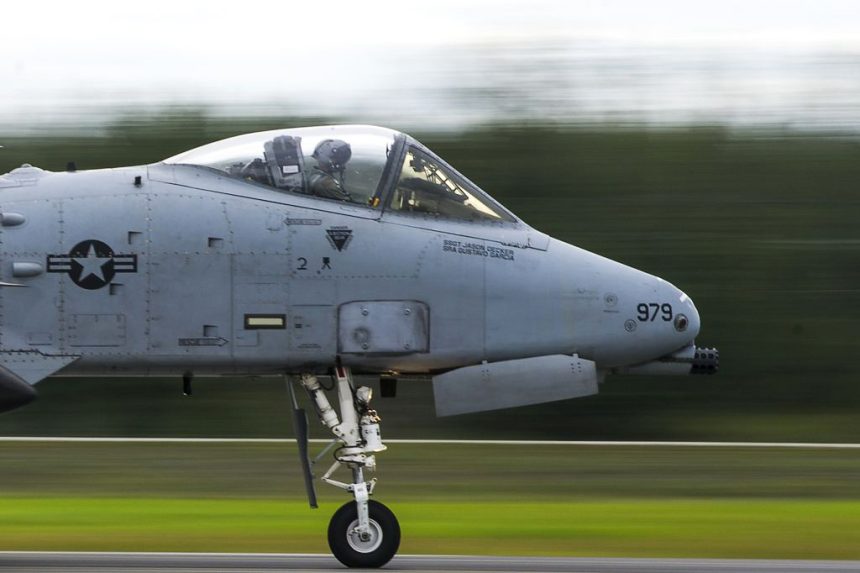Another package of U.S. Air Force A-10 Thunderbolt II attack planes has arrived in Estonia.
Eight A-10s and approximately 170 reservists have arrived to Ämari Air Base, Estonia, as part of a flying training deployment in support of Operation Atlantic Resolve on Aug. 22.
The aircraft belong to the 303rd Fighter Squadron, 442nd Fighter Wing, from Whiteman Air Force Base, Missouri, and they task is to show “continued commitment to the collective security of NATO and dedication to the enduring peace and stability in the region.”
Supported also by guardsmen from three Air National Guard units, the A-10s will train with their Estonian counterparts for three weeks and will also take part in training with Finnish air forces.
The “Hogs” will also perform low-level flying activity during the deployment.
The U.S. Air Force “tankbusters” have become quite a frequent presence across eastern Europe following the war in eastern Ukraine two years after the last A-10s to be permanently based in Europe left their permanent base Spangdahlem in May 2013.
Image credit: U.S. Air Force
















